Home>Technology>Smart Home Devices>How Can The Life Of A Thermal Printer Be Extended
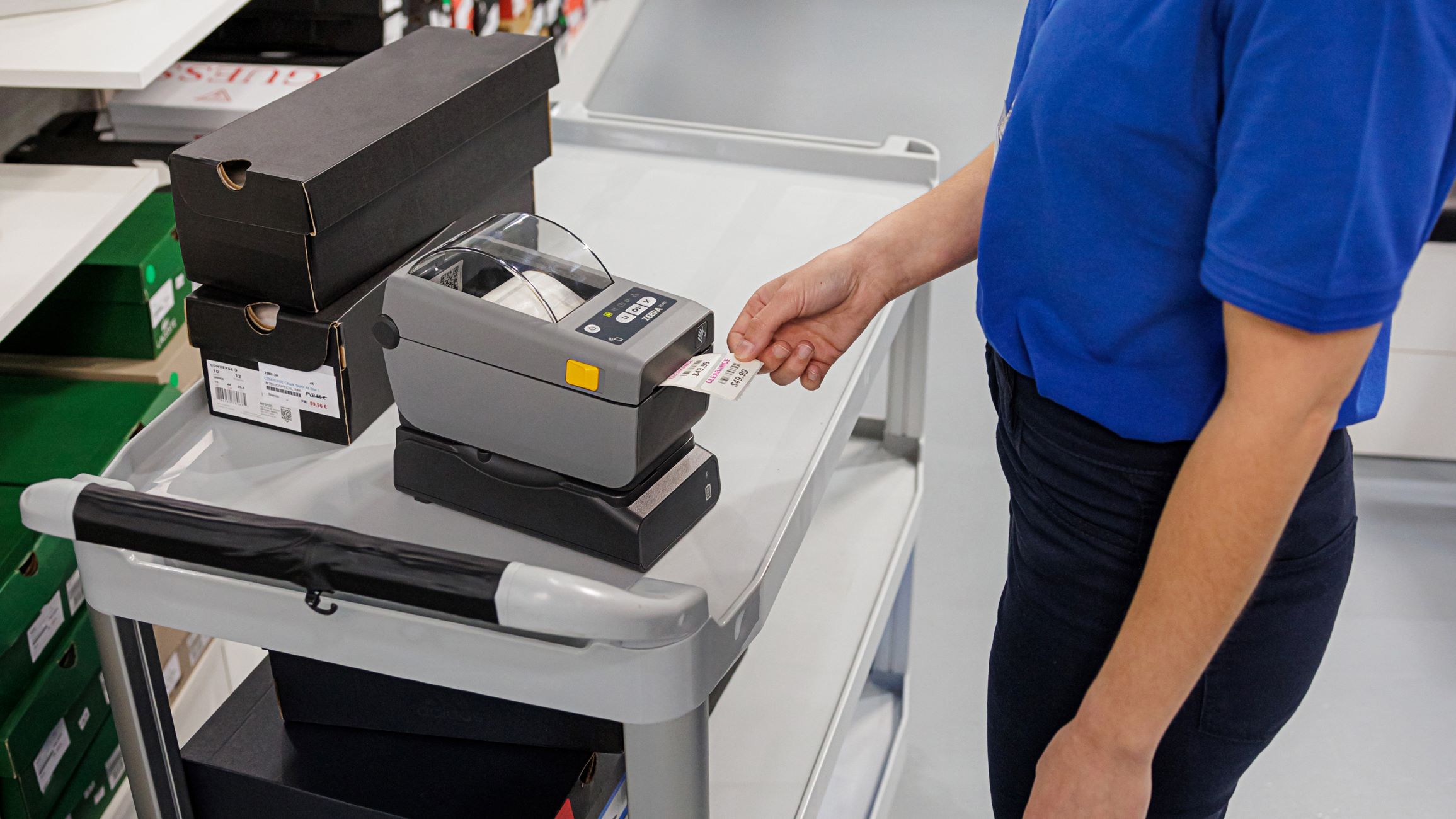

Smart Home Devices
How Can The Life Of A Thermal Printer Be Extended
Published: January 9, 2024
Learn how to extend the lifespan of your thermal printer with these smart home devices. Improve efficiency and save costs with these tips.
(Many of the links in this article redirect to a specific reviewed product. Your purchase of these products through affiliate links helps to generate commission for Storables.com, at no extra cost. Learn more)
Introduction
Thermal printers have become indispensable in various industries, offering efficient and high-quality printing solutions. From retail and healthcare to logistics and manufacturing, these devices play a vital role in generating labels, receipts, and other essential documents. To ensure the longevity and optimal performance of thermal printers, it’s crucial to implement proper maintenance practices and use high-quality consumables. By understanding how to extend the life of a thermal printer, businesses can minimize downtime, reduce operational costs, and maintain consistent output quality.
In this comprehensive guide, we will explore the best strategies for prolonging the lifespan of thermal printers, covering maintenance, consumables, usage practices, and calibration. By following these recommendations, businesses can maximize the return on their thermal printer investments while delivering reliable and professional printing results.
Key Takeaways:
- Regular maintenance, proper cleaning, and using high-quality consumables are crucial for extending the life of thermal printers, ensuring consistent print quality and minimizing operational costs.
- Implementing print management practices, distributing workload, and regular calibration are essential strategies to avoid overuse and maintain the longevity of thermal printers, optimizing their overall value and performance.
Read more: How To Clean A Thermal Printer
Proper Maintenance and Cleaning
Regular maintenance and cleaning are essential for preserving the functionality and longevity of thermal printers. Dust, debris, and residue from consumables can accumulate over time, leading to diminished print quality and potential damage to internal components. To mitigate these issues, businesses should establish a routine maintenance schedule and adhere to best practices for cleaning thermal printers.
1. Cleaning the Print Head: The print head is a critical component of a thermal printer, directly responsible for transferring the image onto the media. Over time, the print head can become contaminated with adhesive residue, ink, or dust, leading to subpar print quality. To address this, use specialized cleaning swabs and solutions designed for thermal print heads. Gently wipe the print head to remove any buildup, ensuring that the printer is powered off and cooled down before performing this maintenance task.
2. Removing Debris: Regularly inspect the printer for any debris or foreign objects that may have entered the printing mechanism. Use compressed air to carefully blow out any accumulated dust or particles, taking care to avoid damaging sensitive components. Additionally, consider using a soft, lint-free cloth to wipe down the exterior of the printer and remove surface dust and grime.
3. Maintaining Internal Components: Periodically check and clean the internal components of the printer, including the platen roller and sensors. These components can attract residue from labels and media, potentially leading to operational issues if left unaddressed. Follow the manufacturer’s guidelines for accessing and cleaning internal parts, ensuring that the printer is powered off and unplugged during this process.
By incorporating these maintenance practices into the regular upkeep of thermal printers, businesses can uphold print quality, prevent unnecessary wear and tear, and extend the overall lifespan of these essential devices.
Using High-Quality Consumables
When it comes to maximizing the longevity and performance of thermal printers, the quality of consumables used in the printing process is of paramount importance. From thermal paper and labels to ribbons and cleaning supplies, selecting high-quality consumables can significantly impact the reliability and lifespan of thermal printers.
1. Thermal Paper and Labels: Opting for premium-grade thermal paper and labels can contribute to the overall efficiency and durability of thermal printers. High-quality media is less likely to leave behind residue or cause excessive wear on the printer’s components, ensuring consistent print quality and minimizing the need for frequent maintenance. Additionally, superior thermal paper and labels are designed to withstand environmental factors, such as heat and humidity, reducing the risk of print fading or degradation over time.
2. Ribbons and Ink Cartridges: For thermal transfer printers that utilize ribbons or ink cartridges, choosing reputable and compatible consumables is essential. Inferior ribbons or cartridges can lead to suboptimal print results, increased wear on the printer’s mechanisms, and potential malfunctions. By investing in high-quality ribbons and ink cartridges, businesses can maintain the integrity of their printed materials and extend the operational life of their thermal transfer printers.
3. Cleaning Supplies: Using specialized cleaning supplies that are recommended by the printer’s manufacturer is crucial for preserving the condition of thermal printers. Regularly cleaning the print head, platen roller, and other critical components with approved cleaning solutions and swabs helps prevent buildup and ensures consistent print performance. Employing subpar cleaning supplies may result in inadequate maintenance and could potentially damage the printer over time.
By prioritizing the use of high-quality consumables, businesses can safeguard the efficiency and longevity of their thermal printers, ultimately reducing operational costs and enhancing the overall printing experience.
Regularly clean the thermal printhead and roller to remove dust and debris, which can cause damage and reduce print quality. Use a soft cloth and isopropyl alcohol for cleaning.
Avoiding Overuse
While thermal printers are designed for reliable and high-volume printing, overuse and excessive workload can accelerate wear and tear, leading to premature degradation of essential components. To extend the life of thermal printers, it’s crucial to implement strategies that mitigate overuse and prevent unnecessary strain on the devices.
1. Implementing Print Management Practices: Businesses should establish print management protocols to regulate the usage of thermal printers. This includes optimizing print settings to minimize unnecessary output, such as reducing the use of excessive graphics or printing in high-resolution when lower settings suffice. By promoting mindful printing practices, organizations can reduce the overall workload on thermal printers, prolonging their operational lifespan.
2. Distributing Workload Across Multiple Devices: In environments where printing demands are substantial, distributing the workload across multiple thermal printers can prevent overburdening a single device. By strategically allocating printing tasks and leveraging the capabilities of multiple printers, businesses can mitigate the risk of overuse and evenly distribute wear and tear, thereby extending the collective lifespan of their printing infrastructure.
3. Monitoring and Assessing Workload Trends: Utilizing print management software or built-in monitoring features, organizations can track and analyze printing patterns to identify potential areas of overuse. By gaining insights into printing frequency, volume, and resource-intensive tasks, businesses can implement targeted strategies to alleviate excessive strain on thermal printers, preserving their longevity and optimizing operational efficiency.
By adopting proactive measures to avoid overuse, businesses can sustain the performance and durability of their thermal printers, ultimately minimizing the need for premature repairs or replacements and optimizing their printing infrastructure’s long-term reliability.
Regular Calibration and Testing
Calibration and testing are integral aspects of maintaining the optimal performance and accuracy of thermal printers. Over time, factors such as environmental conditions, usage patterns, and component wear can impact the alignment and functionality of these devices. To ensure consistent output quality and extend the lifespan of thermal printers, regular calibration and testing procedures are essential.
1. Calibration Procedures: Thermal printers should undergo periodic calibration to ensure precise and uniform printing. This process involves adjusting the printer’s settings and mechanisms to align with the media being used, optimizing print quality and minimizing errors. By adhering to the manufacturer’s recommended calibration schedule and procedures, businesses can uphold the integrity of their printed materials and prevent unnecessary strain on the printer’s components.
2. Testing Print Quality and Alignment: Regularly testing the print quality and alignment of thermal printers is crucial for identifying potential issues and maintaining consistent performance. Conducting test prints and inspecting the output for clarity, uniformity, and alignment helps detect any deviations or irregularities, prompting timely adjustments and maintenance. By promptly addressing any discrepancies, businesses can prevent the escalation of printing issues and preserve the overall functionality of their thermal printers.
3. Monitoring and Addressing Wear and Tear: Continuous monitoring of the printer’s components, such as the print head and platen roller, is essential for identifying signs of wear and addressing potential issues before they compromise print quality or escalate into more significant problems. By routinely inspecting and maintaining critical components, businesses can extend the operational life of their thermal printers and minimize the risk of unexpected malfunctions.
By prioritizing regular calibration and testing, businesses can uphold the reliability and longevity of their thermal printers, ensuring consistent print quality and minimizing the need for extensive repairs or premature replacements.
Read also: 8 Amazing Thermal Printer For 2024
Conclusion
Maximizing the lifespan of thermal printers is a multifaceted endeavor that encompasses diligent maintenance, conscientious consumable selection, prudent usage practices, and regular calibration. By implementing a comprehensive approach to preserving the functionality and durability of thermal printers, businesses can realize significant benefits in terms of operational efficiency, cost savings, and print quality.
Proactive maintenance and cleaning routines are pivotal in safeguarding the internal components of thermal printers, preventing debris buildup, and sustaining optimal performance. Regularly cleaning the print head, removing debris, and maintaining internal parts can mitigate potential issues and contribute to the prolonged functionality of these devices.
The judicious selection of high-quality consumables, including thermal paper, labels, ribbons, and cleaning supplies, is instrumental in ensuring consistent print quality and minimizing the wear and tear on thermal printers. By investing in superior consumables, businesses can mitigate the risk of premature component degradation and uphold the reliability of their printing infrastructure.
Avoiding overuse and implementing print management strategies can alleviate unnecessary strain on thermal printers, contributing to their extended operational lifespan. By distributing printing tasks across multiple devices and monitoring workload trends, organizations can optimize the usage of their printing resources and minimize the risk of overburdening individual printers.
Regular calibration and testing procedures are essential for maintaining the precision and functionality of thermal printers. By adhering to recommended calibration schedules, testing print quality, and monitoring the condition of critical components, businesses can proactively address potential issues and sustain the long-term reliability of their thermal printers.
By integrating these strategies into their operational workflows, businesses can effectively extend the life of their thermal printers, minimize downtime, and uphold the quality and consistency of their printed materials, ultimately optimizing their printing infrastructure’s overall value and performance.
Frequently Asked Questions about How Can The Life Of A Thermal Printer Be Extended
Was this page helpful?
At Storables.com, we guarantee accurate and reliable information. Our content, validated by Expert Board Contributors, is crafted following stringent Editorial Policies. We're committed to providing you with well-researched, expert-backed insights for all your informational needs.
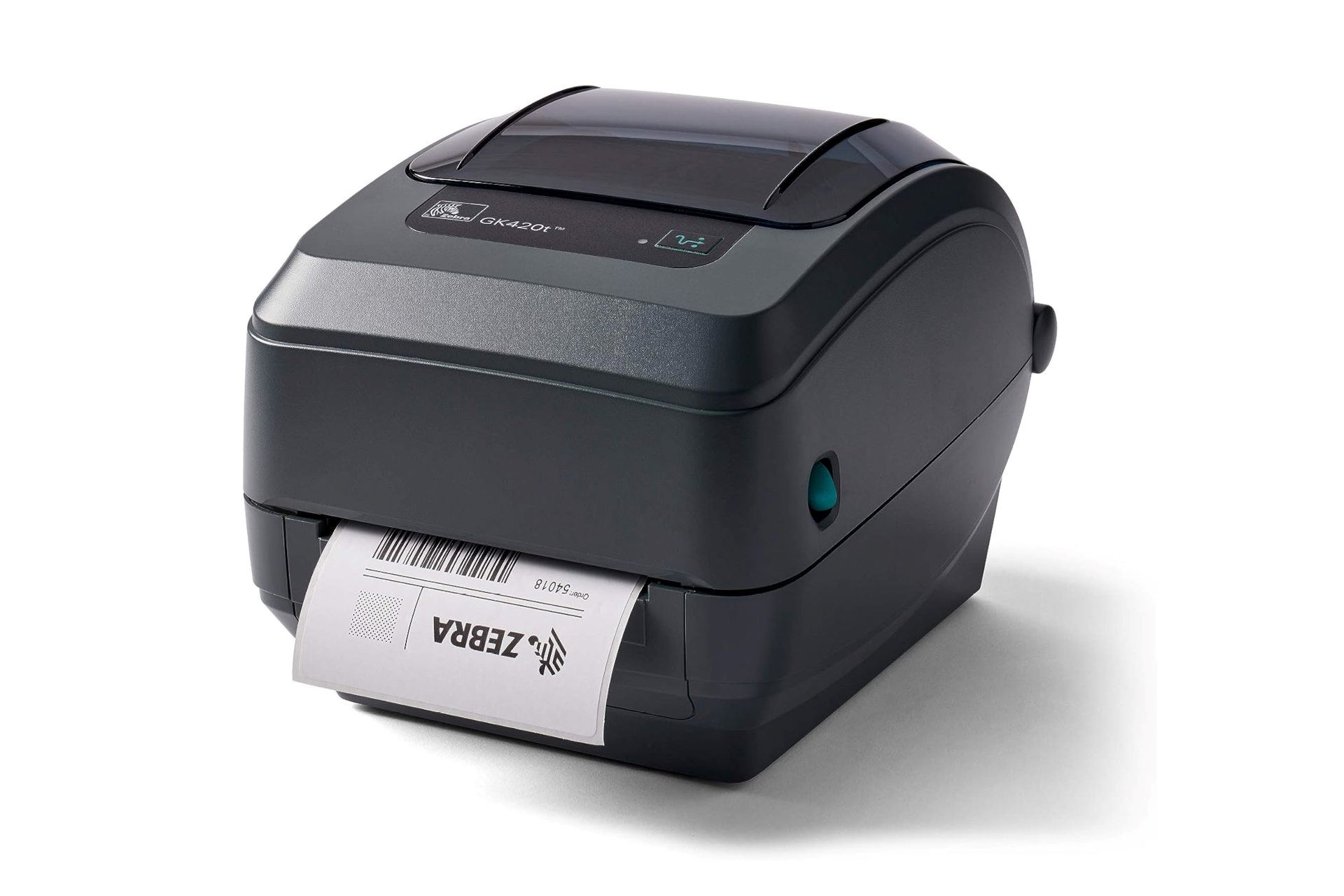
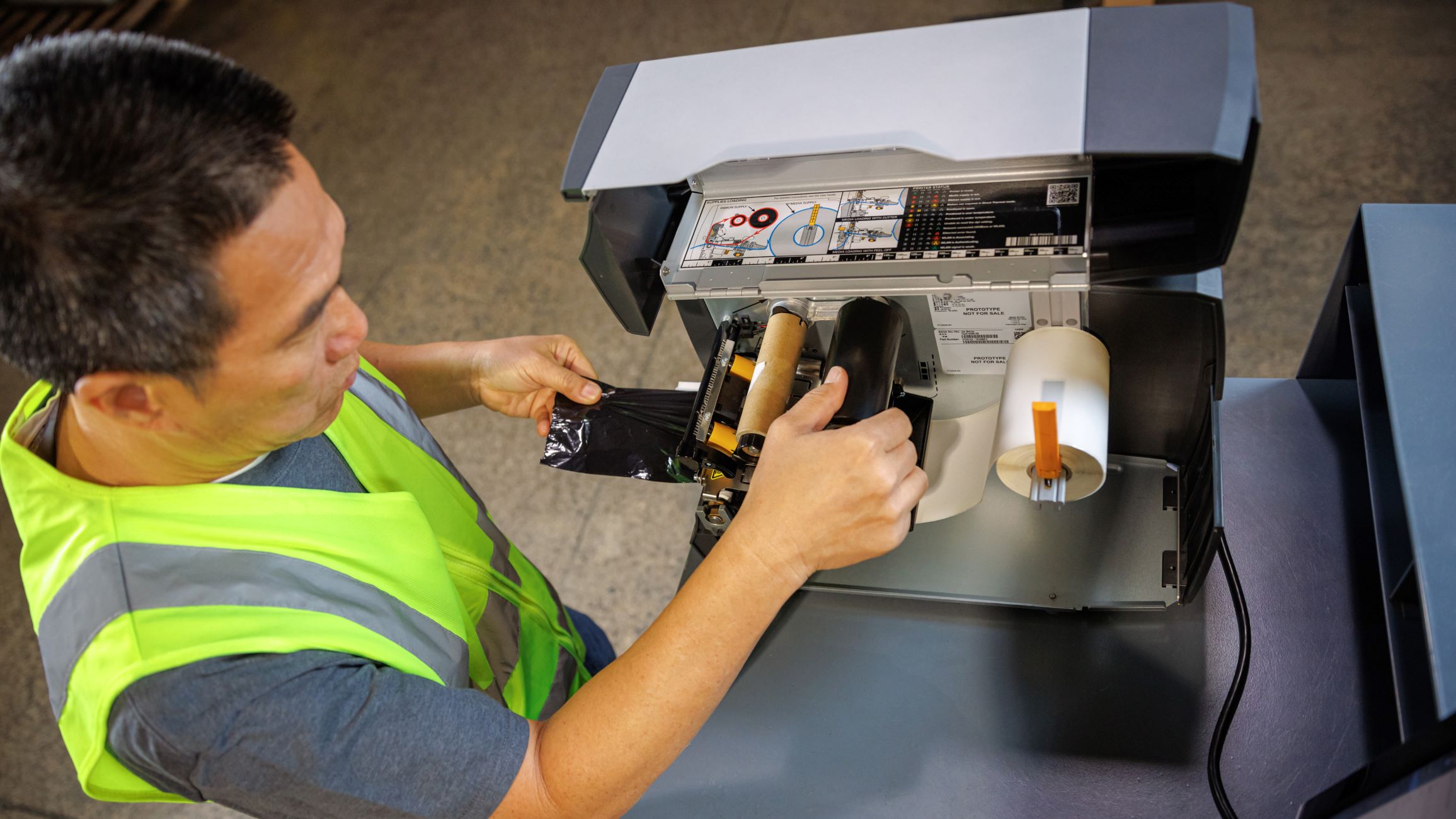
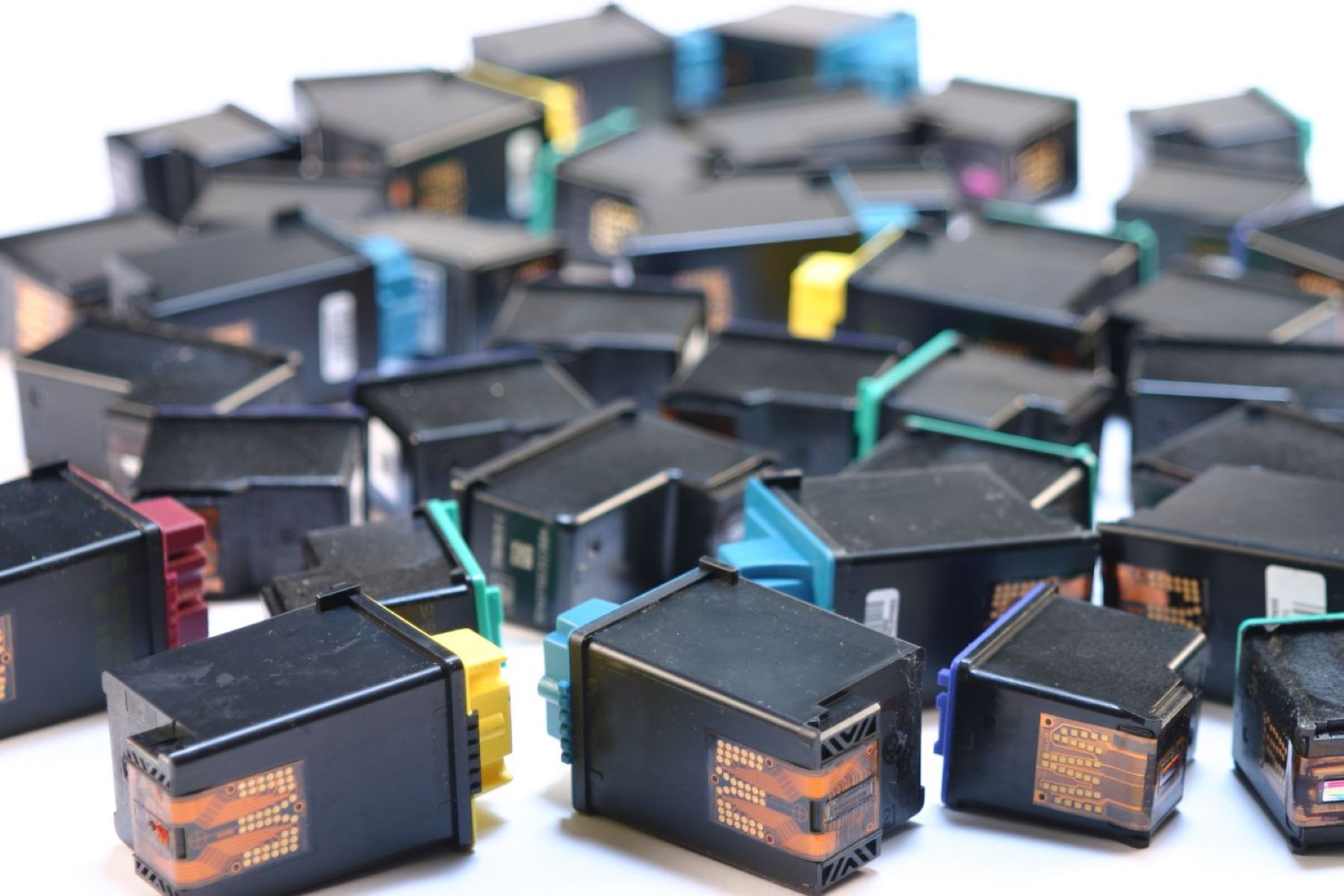
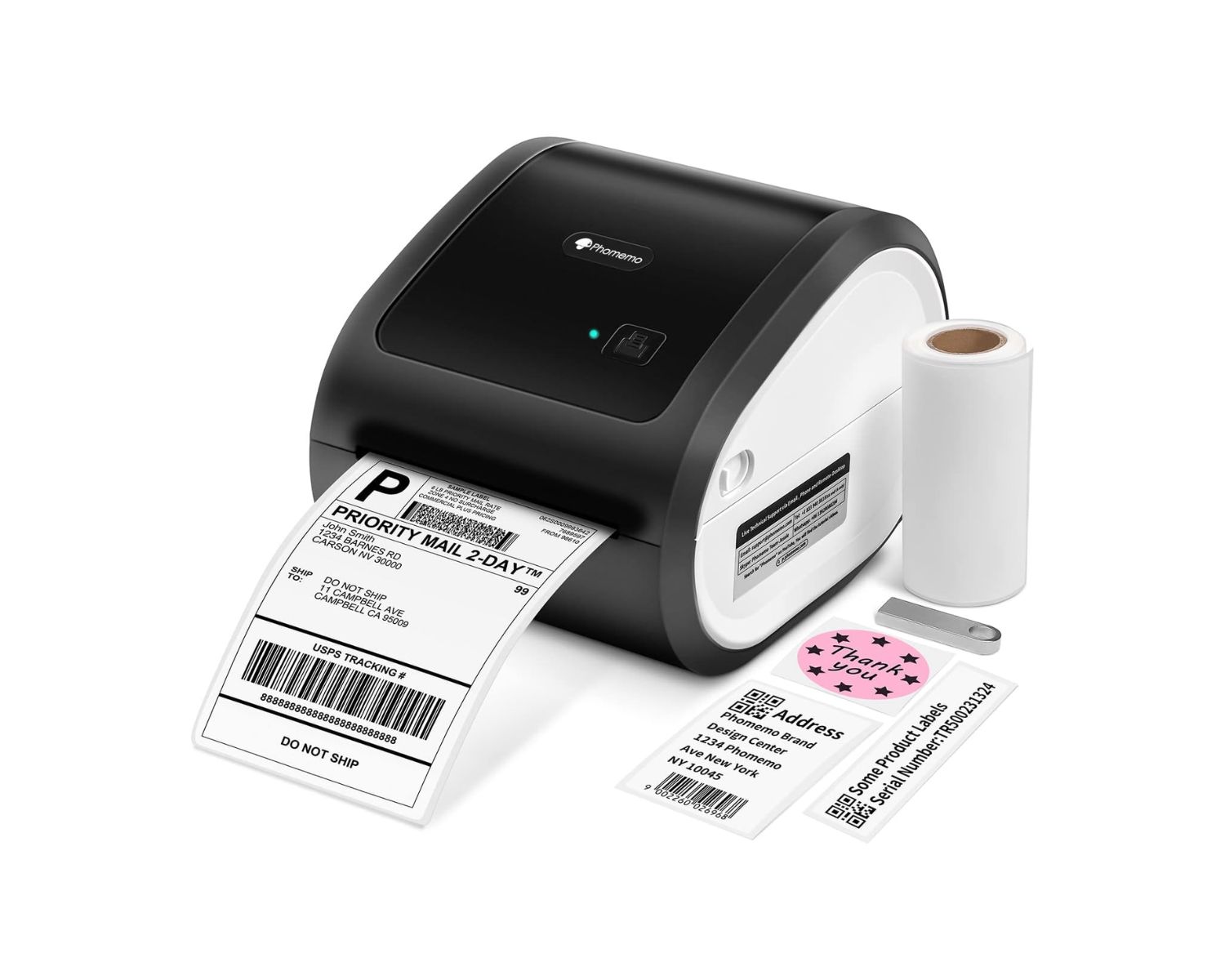


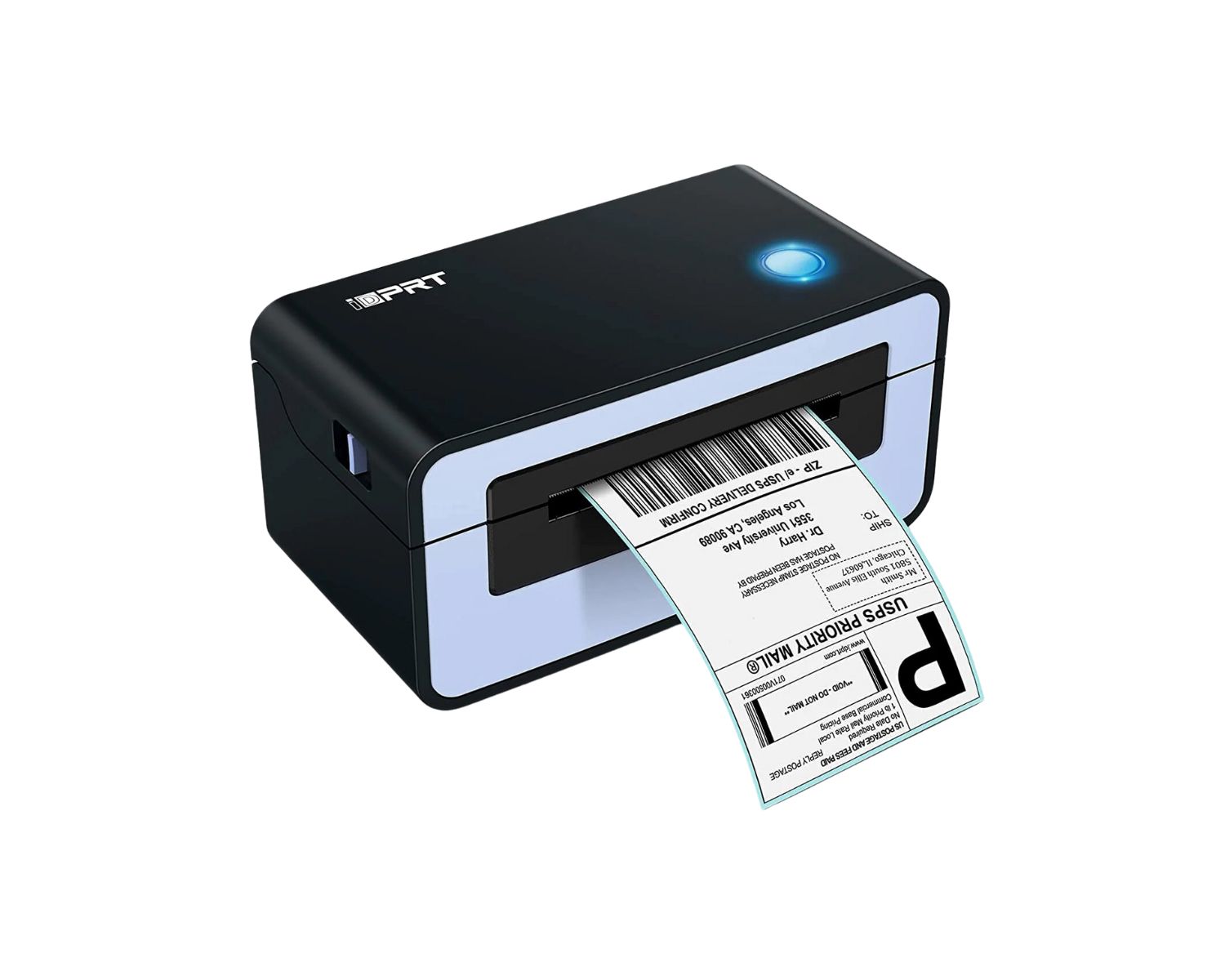
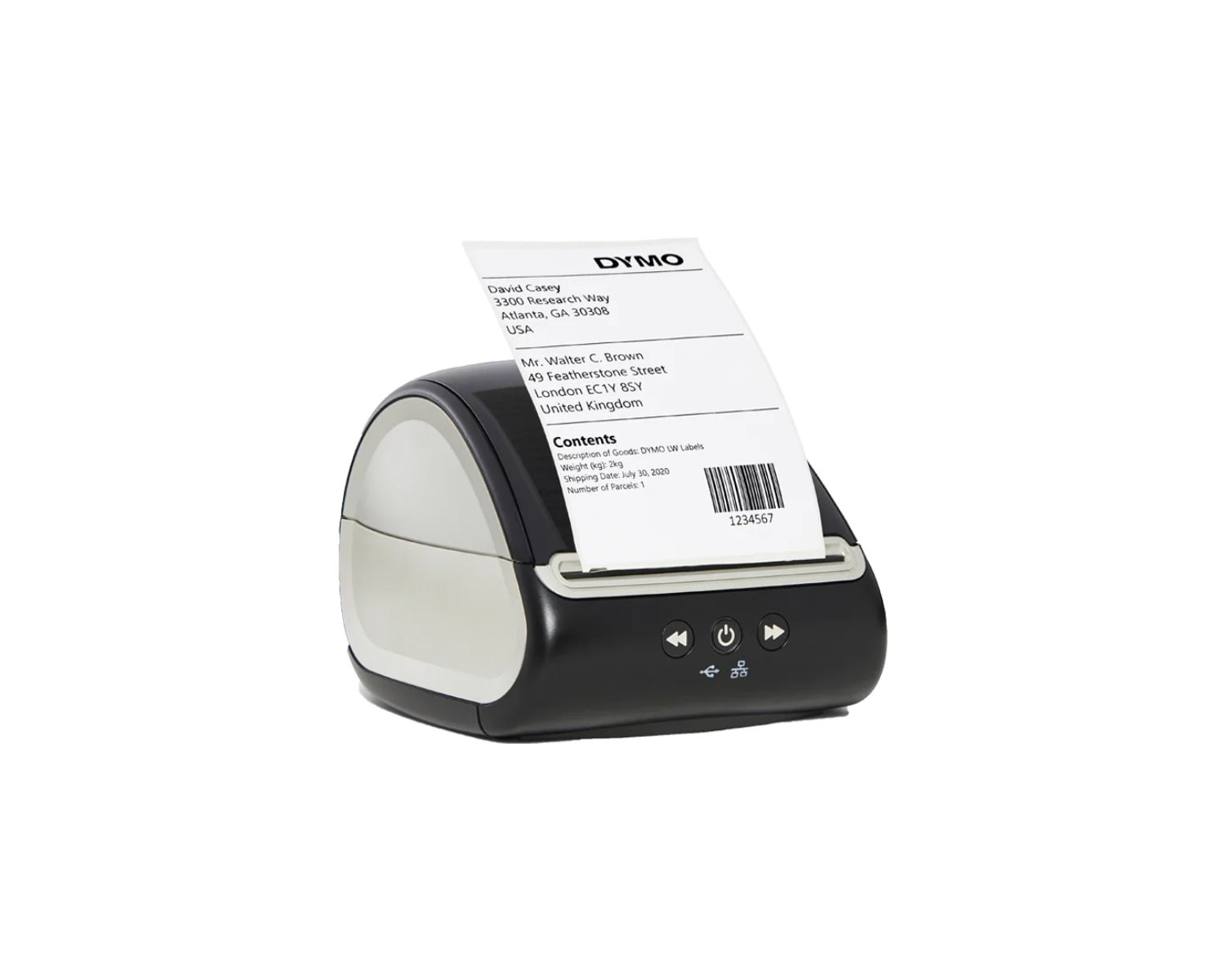
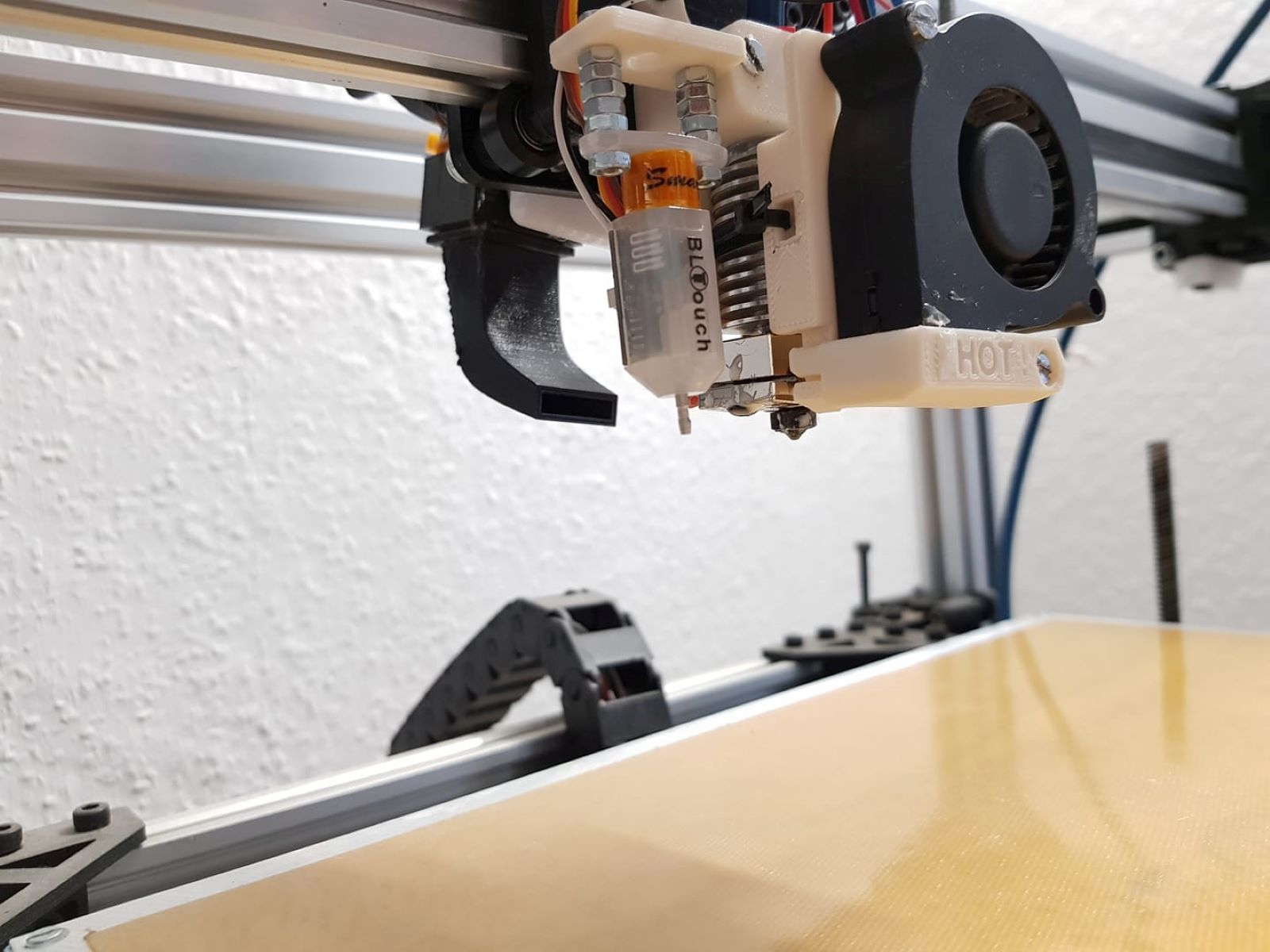




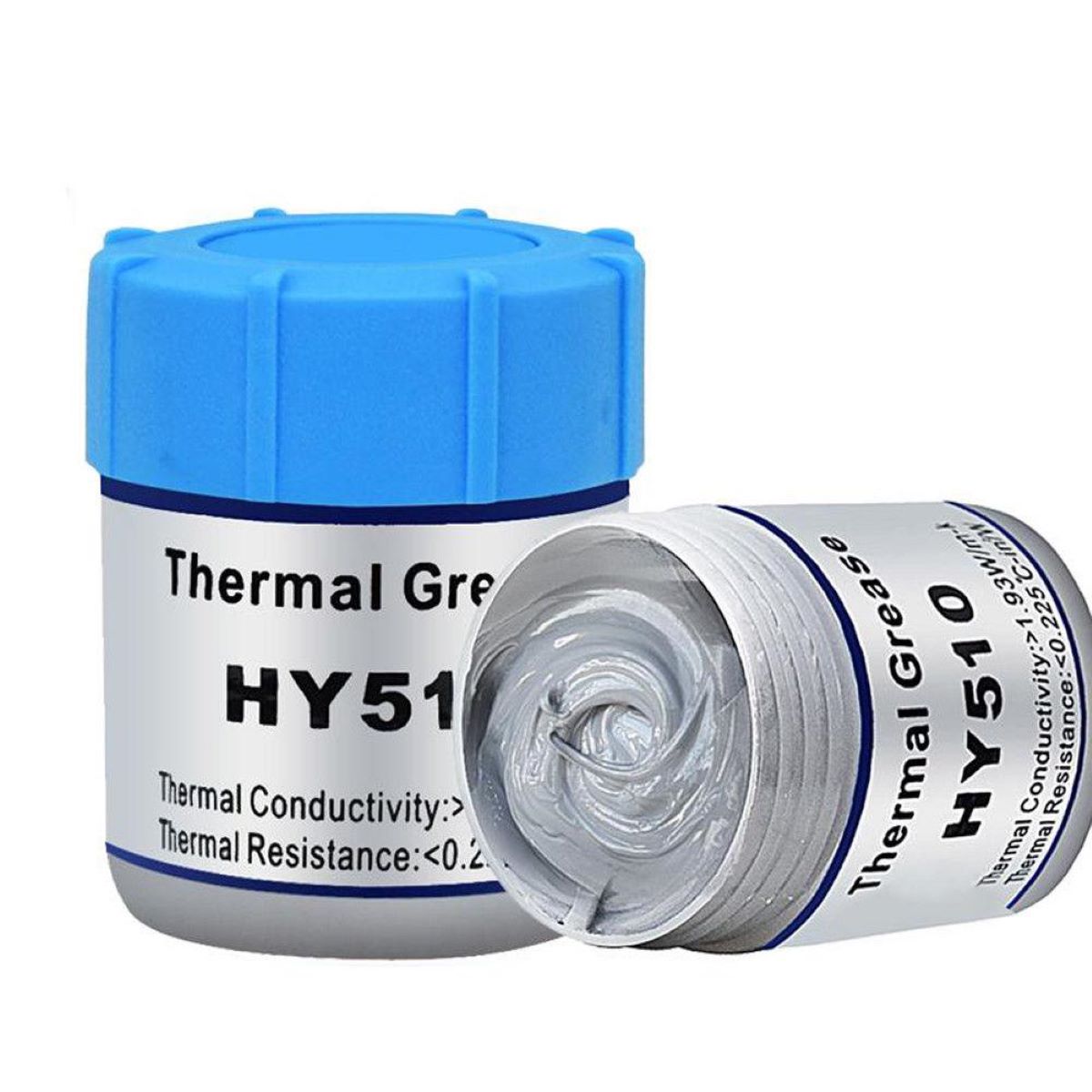

0 thoughts on “How Can The Life Of A Thermal Printer Be Extended”